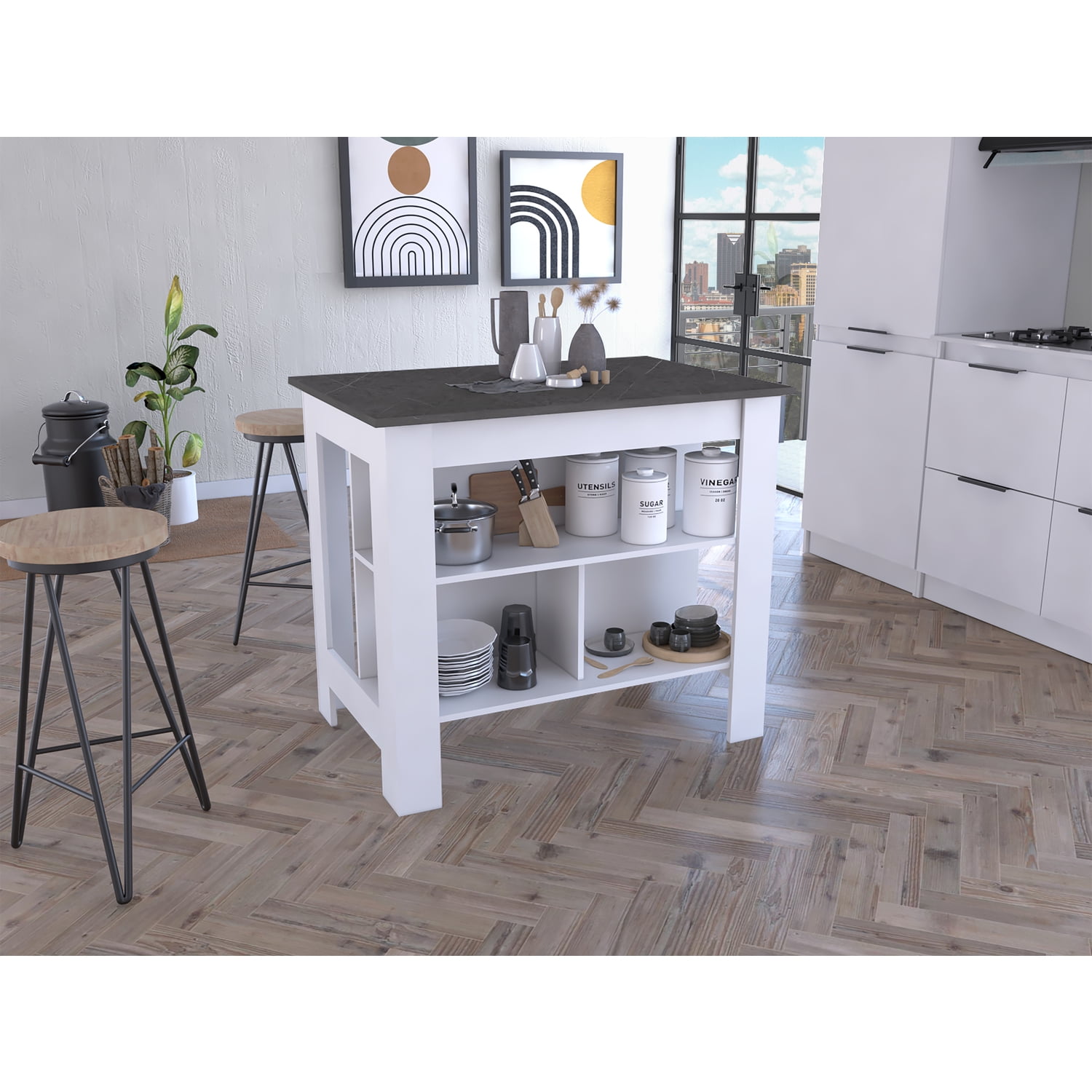Explore Timeless Options in Standard Legs For Kitchen Island Designs
Explore Timeless Options in Standard Legs For Kitchen Island Designs
Blog Article
Necessary Elements to Think About When Selecting Legs For Kitchen Island
Selecting the appropriate legs for a kitchen island entails a careful assessment of numerous variables that can dramatically affect both performance and aesthetic appeal. Among these, the selection of product plays a critical role in ensuring durability, while the layout needs to enhance the existing design. Considerations such as elevation and weight support are essential for security and comfort. As we discover these aspects, it becomes clear that each choice can have far-reaching effects for the general kitchen experience. What nuances should be considered in each of these groups to accomplish the ideal equilibrium?
Product Options
When selecting legs for a kitchen area island, recognizing the various material choices is essential for attaining both visual appeal and architectural integrity (Legs For Kitchen Island). The selection of material considerably affects not only the toughness of the island however also its general layout and capability
Timber is a popular option, offering warmth and convenience. Solid hardwoods, such as oak or maple, offer stamina and can be tarnished or repainted to match the kitchen decor. Metal legs, typically made from stainless-steel or functioned iron, contribute a industrial and modern feel while ensuring sturdiness and security. These products are immune to use and can support considerable weight, making them optimal for larger islands.
An additional choice is engineered products, like MDF or plywood, which can be extra economical while still using a series of finishes. However, they might not offer the same degree of stability as strong wood or metal. Materials such as acrylic or glass can develop a contemporary appearance, though they might need added support to make certain stability.
Inevitably, the choice of product for kitchen area island legs ought to line up with the desired capability and the total motif of the kitchen area.
Design And Style

When considering design, the shape and surface of the legs are crucial. Conical legs can offer a feeling of agility and elegance, while thicker, a lot more robust legs can communicate toughness and stability. In addition, the surface-- be it painted, discolored, or all-natural-- should match the kitchen cabinetry and counter top products to create a unified appearance.
Furthermore, the style of the legs can additionally reflect personal preference. Custom or ornamental legs, such as those including elaborate makings or unique geometric shapes, can function as centerpieces, including personality and personality to the cooking area. Ultimately, the ideal selection will certainly not just enhance functionality however likewise get more elevate the aesthetic charm, making the kitchen area island a standout attribute of the home.
Elevation Factors To Consider
Choosing the appropriate height for kitchen island legs is essential, as it straight influences both capability and comfort. The basic height for a kitchen area island usually ranges from 36 to 42 inches, aligning with usual counter top heights.

It is additionally necessary to represent customers' elevations and preferences. Customizing the elevation can guarantee a comfy experience for all family participants, making the kitchen area island an extra functional and satisfying space.
Weight Assistance
Guaranteeing ample weight support for cooking area island legs is important for both safety and security and performance. The kitchen island commonly serves multiple functions, including cooking, eating, and additional storage, demanding a durable support framework. When selecting legs, it is vital to think about the overall weight capability called for based on the island's meant usage and the materials that will certainly be positioned on it.
The choice of material for the legs plays a considerable function in their weight-bearing capacities. Solid wood, steel, and heavy-duty composites typically give superior strength compared to lighter materials. Furthermore, the design of the legs-- whether they are directly, tapered, or have a pedestal kind-- can affect their capacity to disperse weight effectively across the structure.
Constantly seek advice from the maker's specs concerning load limits to guarantee that the legs can sustain the desired weight without jeopardizing safety. In recap, choosing kitchen island legs with adequate weight assistance is vital for developing a useful and risk-free culinary room.
Setup and Upkeep
Proper setup and upkeep of kitchen island legs are essential for guaranteeing long life and security. This frequently includes safeguarding the legs to the island base using ideal fasteners, making sure that the legs are degree and straightened.
Once set up, routine upkeep is essential to maintain the integrity and appearance of the legs - her latest blog Legs For Kitchen Island. For wood legs, regular cleaning with a moist towel and application of ideal timber gloss can prevent wetness damages and maintain their finish. Metal legs may require a gentle cleaning service to eliminate oil and gunk, complied with by a completely dry fabric to avoid corrosion development
In addition, evaluate the legs consistently for indications of wear or damage, such as splits or loose joints. Tightening up screws or bolts as required can likewise prolong the lifespan of the legs. By sticking to these setup and upkeep methods, homeowners can make sure that their kitchen island continues to be have a peek here durable and aesthetically appealing for years ahead.
Verdict

Visual comprehensibility is paramount in choosing the style and layout of legs for a cooking area island, as these elements significantly affect the total atmosphere of the space. Conical legs can offer a sense of lightness and elegance, while thicker, a lot more durable legs can convey stamina and security.Choosing the suitable elevation for kitchen area island legs is critical, as it directly influences both capability and convenience. In summary, picking kitchen island legs with adequate weight assistance is necessary for producing a secure and functional culinary room.
In final thought, selecting legs for a kitchen island requires mindful factor to consider of various variables, consisting of product choices, style, height, weight assistance, and installation.
Report this page